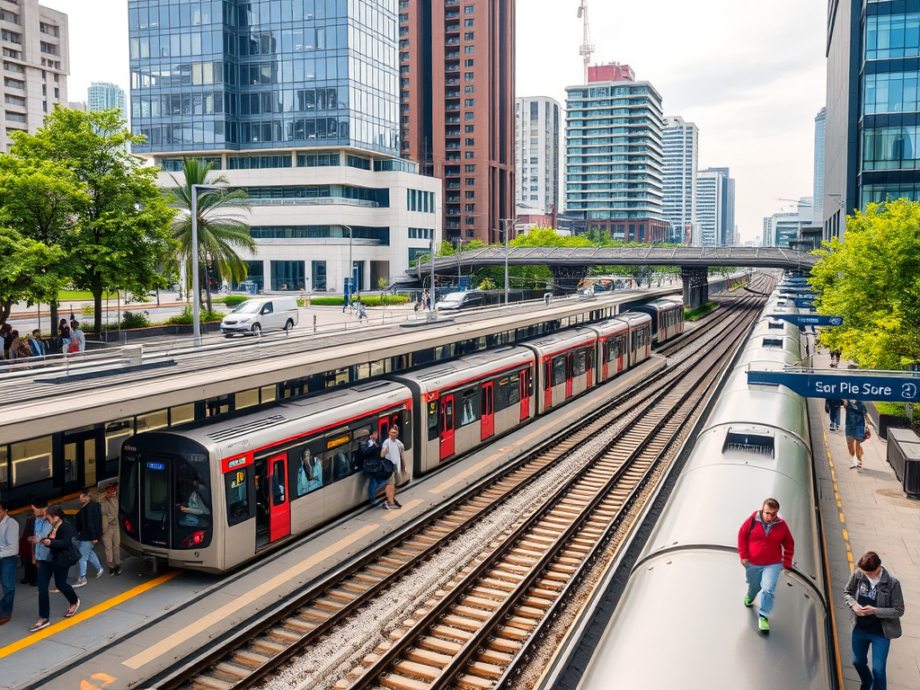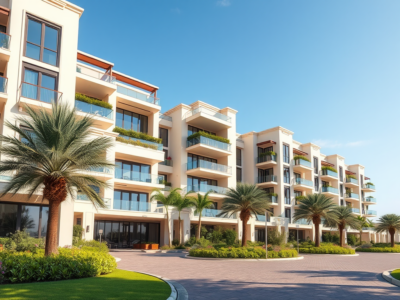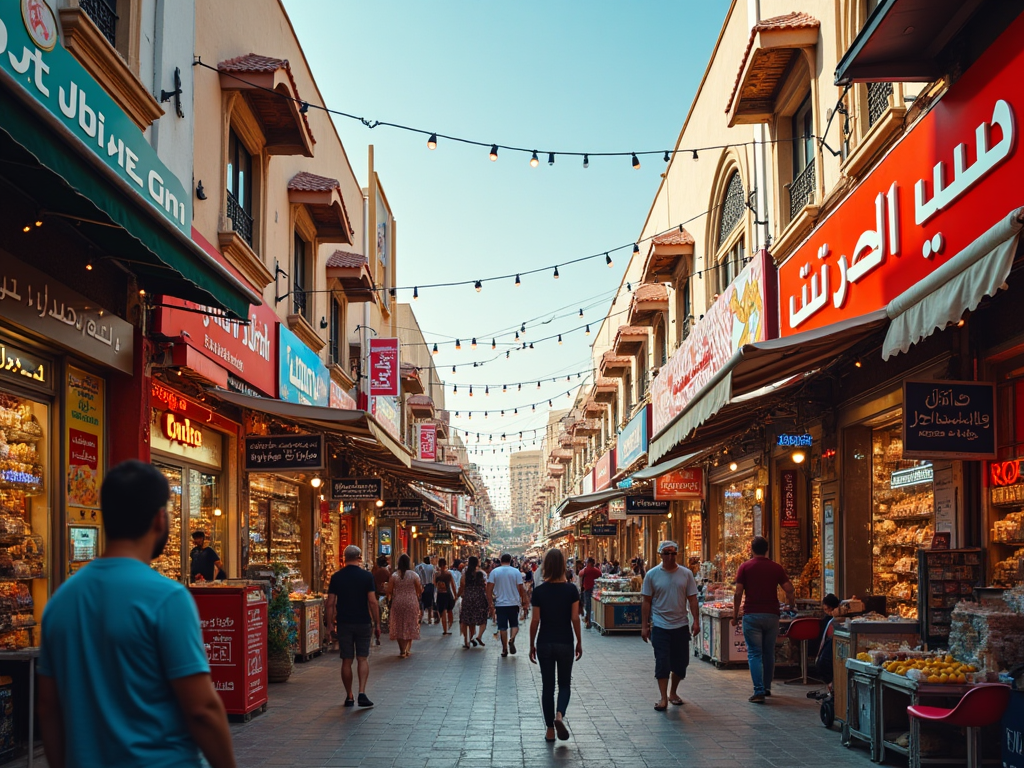Public transportation plays a critical role in shaping urban areas and significantly impacts property values. By providing accessible and efficient transit options, cities can attract more residents, businesses, and investments, ultimately leading to higher property demand and increased values. This article explores the intricate relationship between public transportation and property valuation, focusing on the various factors that contribute to this dynamic.
Accessibility and Demand
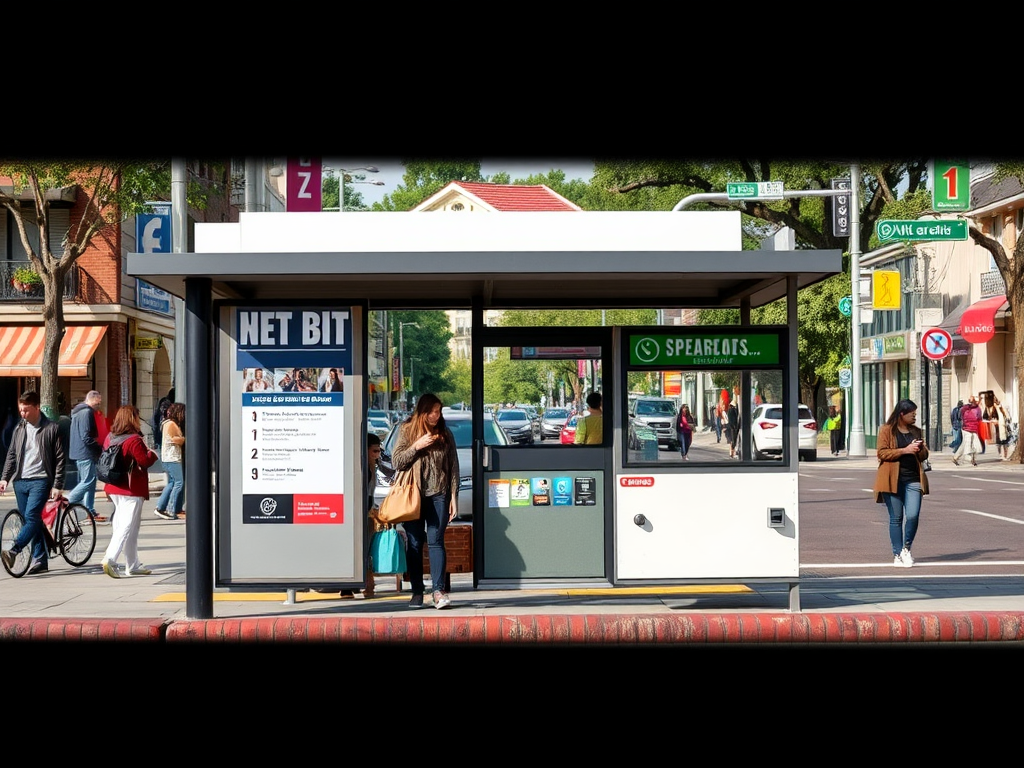
One of the primary ways public transportation affects property values is through improved accessibility. When an area is well-served by transit systems, it becomes more desirable for potential buyers and renters. The ease of commuting to key neighborhoods for work and leisure makes such locations attractive, fostering demand for housing. This demand can lead to increased property values as buyers are willing to pay a premium for convenience. Furthermore, neighborhoods with access to bus, rail, or subway services often witness reduced commute times, which enhances their overall livability and desirability.
Economic Growth and Development
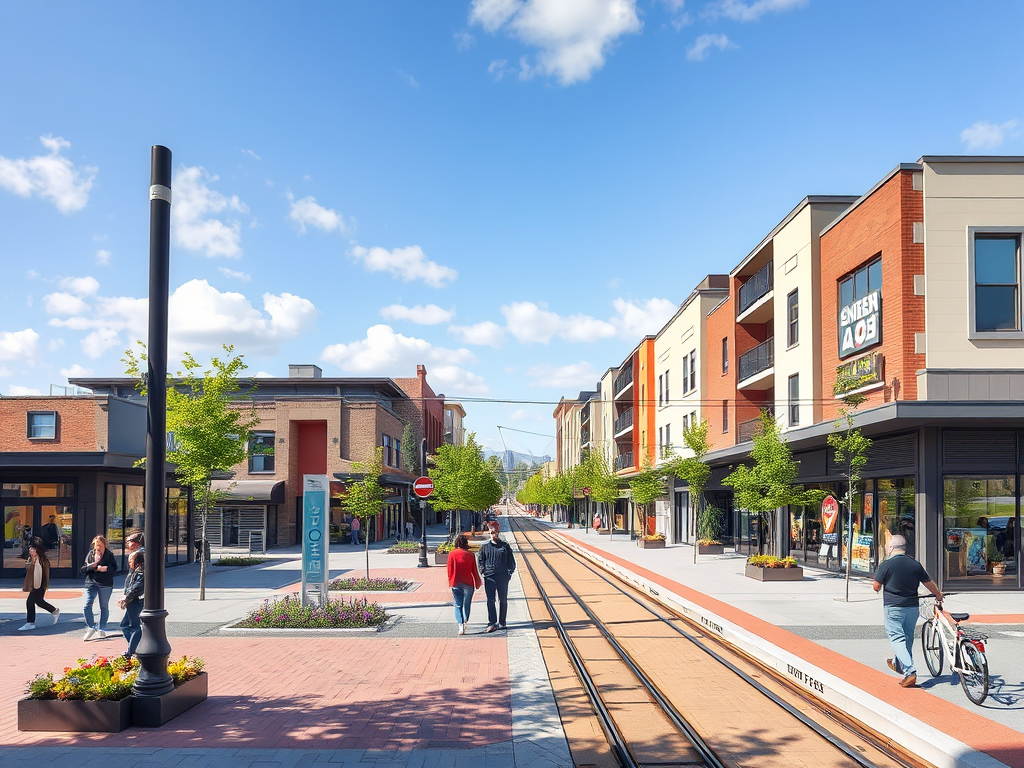
Public transportation not only increases property values but also stimulates local economies. Areas with robust transit options attract businesses, which in turn generates jobs and increases local taxes. As businesses flourish, the surrounding properties typically see a boost in value due to the heightened economic activity. This cycle of growth can lead to revitalization projects, such as improved infrastructure and amenities, further enhancing the area’s appeal. Locations with new transit developments often experience a surge in investments, including residential and commercial properties, creating a broader economic benefit for the community.
Comparison of Transit-Oriented Development (TOD)
Transit-Oriented Development (TOD) is a land use strategy that promotes residential, commercial, and recreational spaces around transit hubs. This approach maximizes the accessibility of public transportation and often leads to higher property values. Key features of TOD that contribute to property valuation include:
- Higher density housing options, which can attract a diverse population.
- Mixed-use developments that enable residents to live, work, and play in one location.
- Walkability and connectivity to transit, reducing reliance on personal vehicles.
Investments in TOD not only uplift property values but also enhance the quality of life for residents, making such developments increasingly popular in urban planning.
Public transportation can also lead to increased property values through its environmental benefits. Properties near transit options tend to promote sustainable living practices, as residents have reduced carbon footprints associated with daily commutes. This aspect appeals to a growing demographic that prioritizes eco-friendly options when selecting homes. Moreover, areas that foster sustainable development often witness appreciation in property values as they gain recognition for their commitment to environmental stewardship. Consequently, the synergy between public transport and property values further emphasizes the need for efficient transit systems as cities evolve.
Socioeconomic Factors
The relationship between public transportation and property values also ties into broader socioeconomic factors. Communities with effective public transit typically enjoy a more diverse population, fostering cultural richness that can enhance property attractiveness. Additionally, well-connected neighborhoods often see reduced crime rates and increased public safety, making them more appealing to families and individuals alike. With increased socioeconomic stability, property values tend to climb as prospective buyers recognize the long-term benefits of investing in such areas. Understanding these factors can help potential investors and homeowners make informed decisions about property purchases.
Conclusion
In summation, public transportation plays an indispensable role in elevating property values through improved accessibility, economic growth, sustainable development, and positive socioeconomic factors. By investing in effective transit systems, cities not only enhance the quality of life for their residents but also foster a thriving real estate market. As urban development continues to evolve, the integration of public transportation remains a crucial element in shaping property trends and ensuring lasting value for homeowners and investors alike.
Frequently Asked Questions
1. How does public transportation specifically increase property values?
Public transportation increases accessibility, reduces commute times, attracts businesses, and enhances neighborhood livability, all of which boost demand and property values.
2. What is Transit-Oriented Development (TOD)?
Transit-Oriented Development (TOD) focuses on creating high-density residential and commercial areas around transit hubs to maximize accessibility and enhance property values.
3. Are there any negative impacts of public transportation on property values?
While enhanced public transportation generally raises property values, factors such as noise pollution or increased traffic can sometimes negatively affect certain properties.
4. How do environmental benefits tie into property values?
Properties near public transport often promote sustainable living, appeal to eco-conscious buyers, and can appreciate in value due to their reduced carbon footprints.
5. What role do socioeconomic factors play in property valuation related to public transport?
Public transportation fosters diverse, stable communities, enhancing neighborhood appeal and boosting property values as families and individuals prioritize safety and cultural richness.
